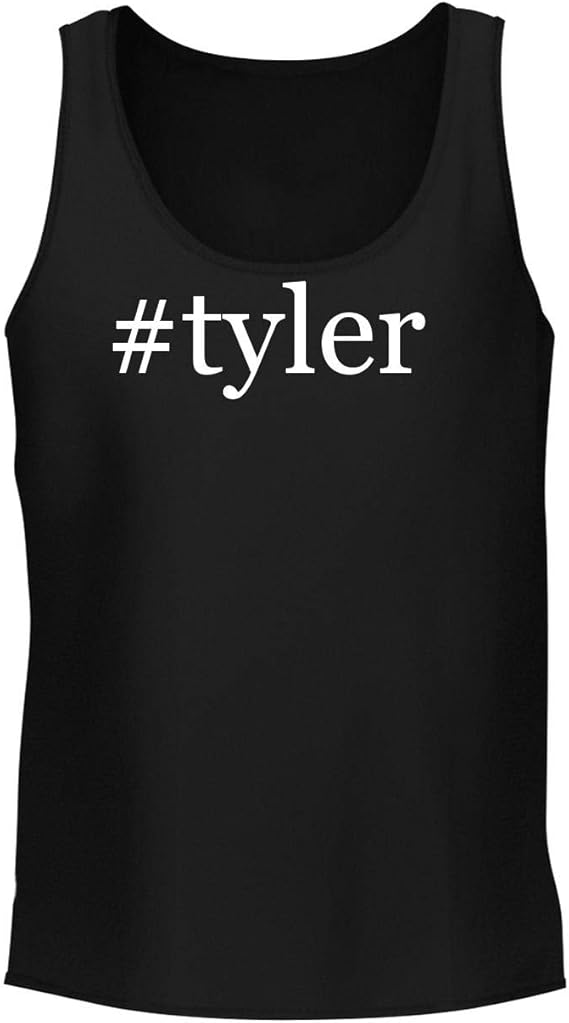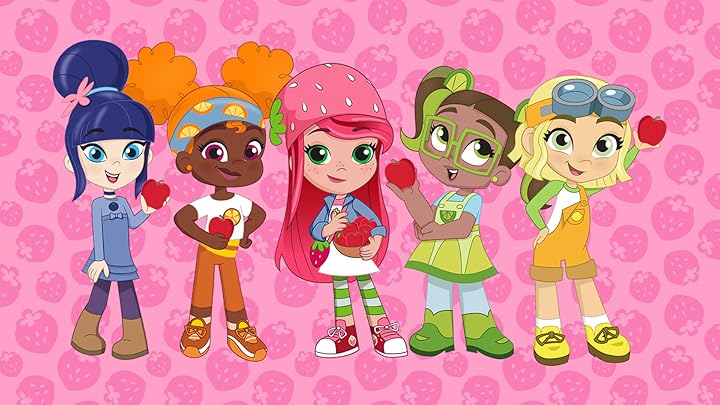In the realm of film and fashion, few characters have left as indelible a mark as Tyler Durden, the enigmatic alter ego of the protagonist in Chuck Palahniuk’s novel and David Fincher’s film adaptation of “Fight Club.” While the narrative delves into deeper themes of consumerism and identity, the character’s distinctive style, particularly his iconic tank top, has become emblematic of a generation’s defiance against societal norms. This article unpacks the cultural significance, stylistic elements, and lasting impact of Tyler Durden’s tank top, exploring how it became a symbol of rebellion and self-expression.
The Origins of Tyler Durden’s Style

Tyler Durden, portrayed by Brad Pitt, emerges as a charismatic figure who represents freedom from the shackles of conventional life. His wardrobe, characterized by a mixture of ruggedness and casual coolness, plays a vital role in shaping his persona. The tank top serves as a visual representation of his philosophy—a rejection of the polished, consumer-driven lifestyle that dominates modern society. This casual yet rebellious garment carries a weight of meaning that extends beyond mere aesthetics.
Characterization Through Clothing
Tyler’s style is deliberately crafted to reflect his anti-establishment views. The choice of a tank top is both practical and provocative. It conveys a sense of physicality, emphasizing his muscular physique and a no-nonsense attitude. The following elements contribute to the overall impact of his look:
- Material: The tank tops are often made from breathable fabrics, aligning with Tyler’s active and unrestrained lifestyle.
- Fit: The snug fit accentuates his athletic build, embodying strength and confidence.
- Color Palette: The choice of colors—mainly muted tones like grey, black, and earthy shades—reinforces a raw, unrefined aesthetic.
The Cultural Context of the Tank Top
To fully appreciate the significance of Tyler Durden’s tank top, it’s essential to consider the cultural context in which “Fight Club” was released. The late 1990s and early 2000s were marked by a growing disillusionment with consumer culture and a yearning for authenticity. The rise of the Internet and the dot-com bubble had created a society obsessed with material possessions, leaving many feeling disconnected and unfulfilled.
Rebellion Against Consumerism
The tank top symbolizes a rejection of the meticulously curated image promoted by fashion and advertising. In “Fight Club,” Tyler Durden articulates a philosophy that encourages individuals to strip away societal expectations and discover their true selves. The tank top becomes a vehicle for this message:
- Anti-fashion: By wearing a simple tank top, Tyler challenges the notion of high fashion and elitism.
- Individualism: The tank top allows for personal expression, promoting the idea that one’s worth is not dictated by clothing labels.
- Practicality over Aesthetics: The choice of a tank top highlights a focus on functionality rather than superficial appearances.
The Tank Top as a Symbol of Masculinity

Tyler Durden’s tank top also plays a significant role in discussions about masculinity. In a time when traditional gender roles were being questioned, Tyler embodies a complex version of masculinity that is both aggressive and vulnerable. His tank top serves as a metaphor for this duality.
Redefining Masculinity

In “Fight Club,” masculinity is depicted as a performance, and Tyler’s tank top is integral to this portrayal. The garment highlights the following aspects:
- Physicality: The tank top accentuates the male form, promoting an idealized version of masculinity that is strong and assertive.
- Vulnerability: Conversely, the lack of sleeves exposes the arms, symbolizing openness and strength in vulnerability.
- Rejection of Conventional Norms: Tyler’s choice to wear a tank top instead of a button-up shirt signifies a break from traditional male attire.
The Legacy of Tyler Durden’s Tank Top

The impact of Tyler Durden’s tank top extends far beyond the film’s release. Over the years, it has influenced fashion trends and spawned a subculture that embraces the ethos of “Fight Club.” The tank top has become more than just a piece of clothing; it is a statement of identity and rebellion.
Enduring Influence on Fashion

Tyler’s style has inspired countless fashion designers and brands to incorporate similar elements into their collections. The tank top can be seen in various contexts:
- Streetwear: The rise of streetwear culture has adopted the tank top as a staple, often combining it with other casual pieces.
- Fitness Fashion: The tank top remains a popular choice in athletic wear, symbolizing a blend of style and functionality.
- Casual Luxe: Designers have reinterpreted the tank top in luxurious fabrics, merging comfort with high fashion.
A Cultural Touchstone

Beyond fashion, the tank top has become a cultural touchstone. It is often referenced in discussions about masculinity, rebellion, and the quest for authenticity. The image of Tyler Durden in his tank top has been widely parodied and referenced in various forms of media, cementing its place in popular culture.
Conclusion: The Enduring Power of Tyler Durden’s Tank Top
In conclusion, Tyler Durden’s tank top is more than just a piece of clothing; it is a multifaceted symbol that encapsulates a generation’s struggle with identity, masculinity, and consumerism. Its raw simplicity and practical design resonate with a desire for authenticity in an increasingly superficial world. As we unpack the layers of meaning behind this iconic garment, it becomes clear that Tyler Durden’s tank top continues to inspire and provoke thought, making it a timeless emblem of rebellion and self-expression. Through its enduring influence on fashion and culture, the tank top remains a powerful reminder that true style lies in embracing one’s individuality and rejecting societal norms.

